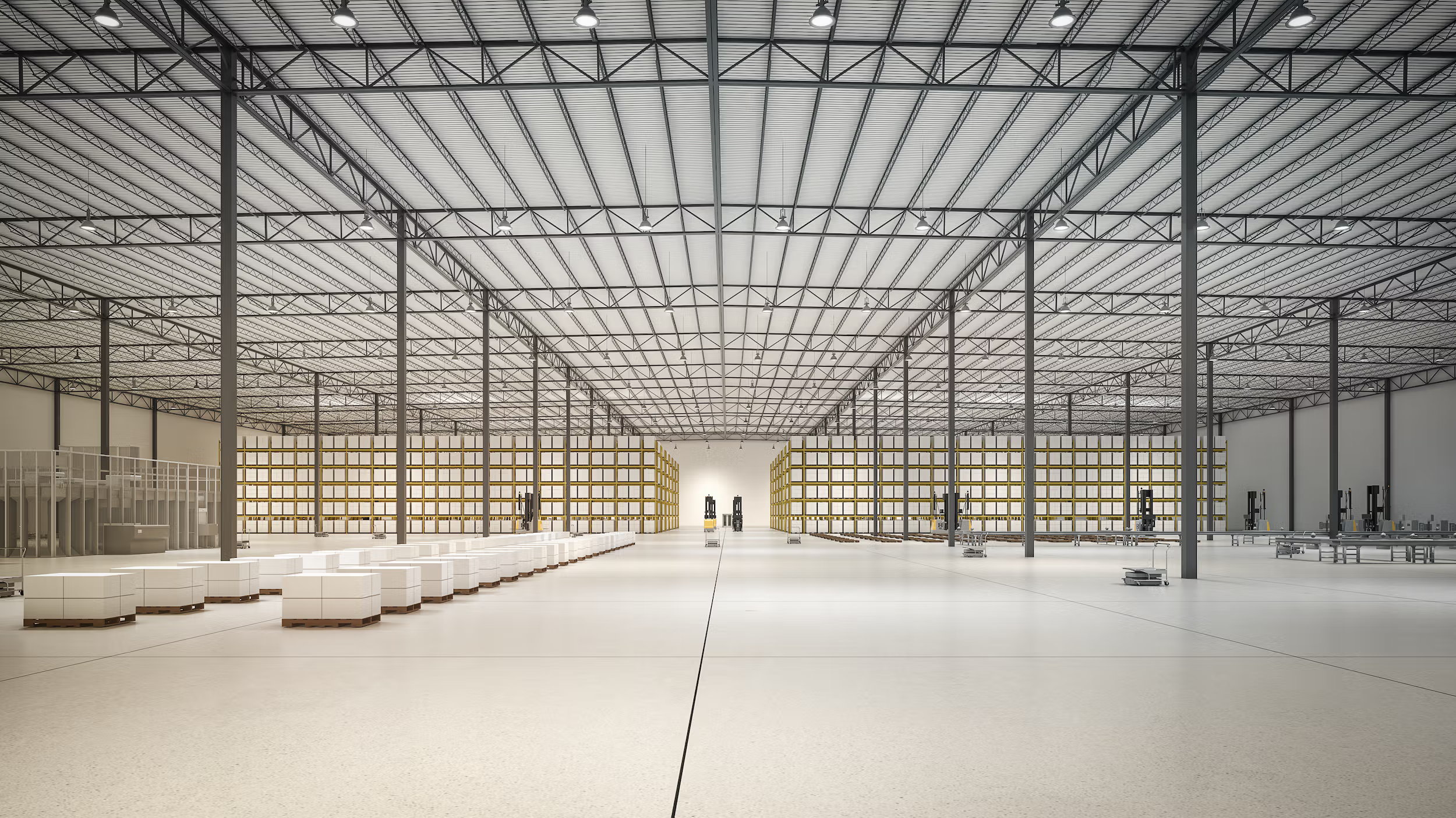Blog
How the 4 main sources of waste are costing factories time and resources

Waste reduction is an ongoing priority in many warehouses because companies understand the direct connection between eliminating waste and increasing efficiencies in the warehouse.
The four main sources of waste—fixed takt time, sequential operations, wasted transition space and excessive lineside inventory—can threaten efficiency. However, implementing Industry 4.0 technology, such as autonomous mobile robots (AMRs), into factories and warehouses can eliminate some of that waste and transform your facility into a factory of the future.
1. Fixed takt time prolongs wait times
The word "takt" is rooted in the German word for pulse. Specifically, takt is the amount of time between the start of production and the end of production for one unit on the assembly line. Traditional assembly lines generally have a fixed takt time, which doesn’t allow for unexpected events or interruptions.
For example, a Toyota plant had limited production capabilities because of their fixed takt time. When a new plant manager arrived at the facility, the Toyota plant became agile by changing takt time three or four times each year. This change in takt time allowed the plant to adapt to evolving circumstances and increase efficiency.
Another solution to fixed takt time is to temporarily take products off the assembly line when they require customized components. This allows for a more flexible and balanced assembly line.
AMRs can also help solve the fixed takt time problem because they operate infrastructure-free and are safe around people. AMRs are also able to send materials to an assembly line station only as required, which eliminates or reduces unnecessary wait times associated with fixed takt times.
2. Sequential operations prevent flexibility
Assembly line delays often happen when a person waits anywhere from a few seconds or longer for a part to arrive. On a traditional assembly line, all processes must occur in a precise sequence and this often results in parts traveling further than necessary to reach their destinations.
To solve this problem, a non-sequential assembly line can be implemented. This is where goods move to specialized stations and changes only happen on an as-needed basis. Besides reducing wait times, a non-sequential assembly line removes unnecessary inventory because it only stores the materials each assembly line cell requires.
Non-sequential assembly lines are the future of conveyance as demonstrated by an automobile manufacturer that uses a flexible conveyance system so the assembly line moves continuously. This OTTO Motors client builds several vehicles that have over 25 permutations. Using a flexible conveyance system, including AMRs that only stop at the stations that need supplies, the company is able to produce all the vehicles on one line, rather than having multiple assembly lines.

Figure 1: Companies have many reasons for choosing flexible automation, including speed, labor, modernization, and cost.
3. Unnecessary movement causes transport delays
Wasted movement in the assembly line is also a common problem. For example, when goods are manually pushed from station to station, floor space and employee time is wasted. Labor costs are usually a warehouse’s largest expense, accounting for up to 50% of a facility’s total operating costs. Moving materials from station to station is a waste of employee talent and time. It is important to minimize inefficiencies in operations, as they can cost companies up to 30% of their revenue.
To limit wasted floor space and employee talent, AMRs are being adopted in more and more facilities around the world. The Robotic Industries Association (RIA) reports that the North American robotics market is up 7.2%, with 16,488 robots ordered, valued at $869 million. This represents a growth of 19.2% in the number of robots ordered compared to the same time period in 2018. Additionally, a market research study from LogisticsIQ forecasts a combined annual growth rate (CAGR) of 11.7% from 2019-2025 for the warehouse automation market.
Robot-use continues to grow, which is helping make U.S. companies more competitive and leading to new job growth. We are currently experiencing the greatest period of robot expansion in history—over 180,000 robots have been shipped to American companies since 2010, and more than 1.2 million new manufacturing jobs have been created during this time.
Jeff Burnstein
President, Association for Advancing Automation
Specifically, the flexibility of AMRs make them a great solution to the wastes associated with manual material movement. AMRs work with existing infrastructure to be up and running in a facility within a day, so employees can more efficiently remain working at their station, while the AMR does the dull material transport work. Since AMRs move on-demand, they can reduce the wasted floor space that results from unnecessary manual material movement. See how GE Healthcare increased their productive floor space by 66%.
4. Excessive lineside inventory brings unnecessary clutter
Many companies find themselves with too much lineside inventory that’s not yet required. The extra components waiting to be used can cause clutter that limits efficiency. Unnecessary inventory held by companies can cost millions of dollars.
AMRs reduce the amount of lineside inventory necessary by delivering what’s needed on-demand. In particular, AMRs can be used to deliver pre-assembled kits containing the exact number of parts needed to fulfill orders.
Steve Banker, Vice President of Supply Chain Services at ARC Advisory Group, published a projection of the possible cost savings associated with a faster inventory turnaround. He calculated annual savings of $65 million, and a two-year payback period from inventory savings of $130 million.

Table 1: Banker's projection of the possible cost savings associated with faster inventory turnaround, which can be achieved through automation.
Becoming a factory of the future
The four main sources of waste are causing inefficiencies in factories and warehouses globally; however, Industry 4.0 technologies, such as automation through AMRs, can reduce the waste in facilities and help those facilities become a factory of the future.







